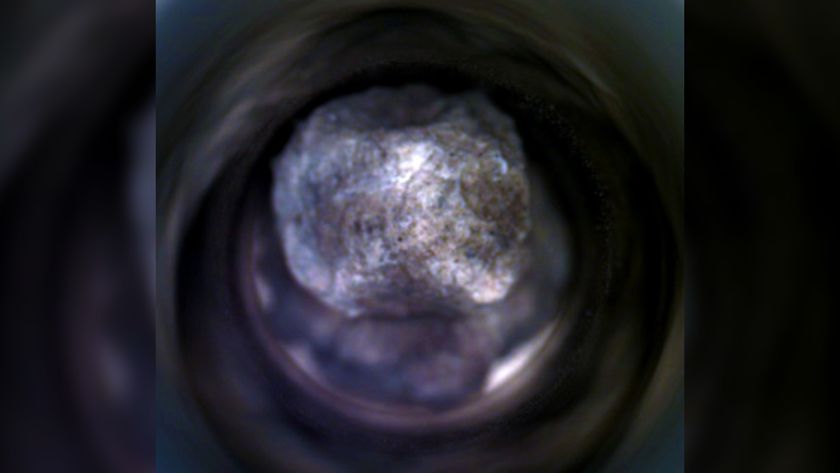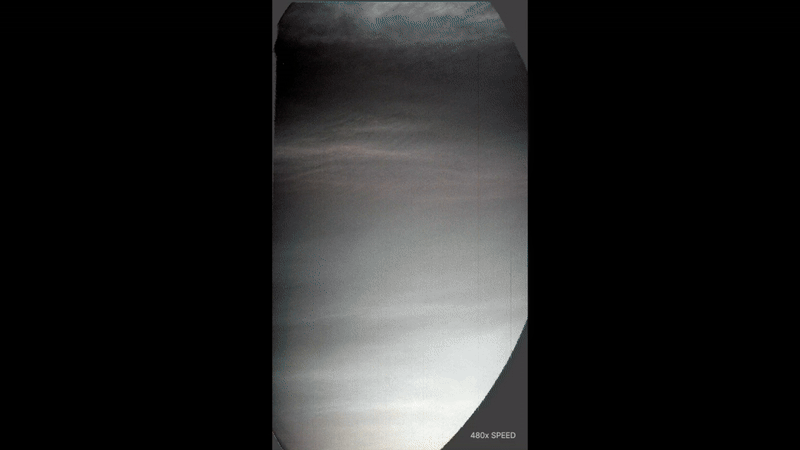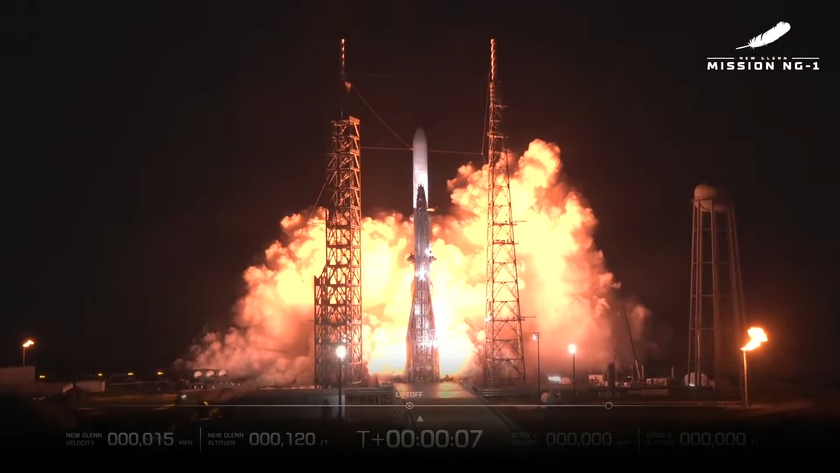Roof-Crashing Meteorite Linked to Giant Impact that Made the Moon
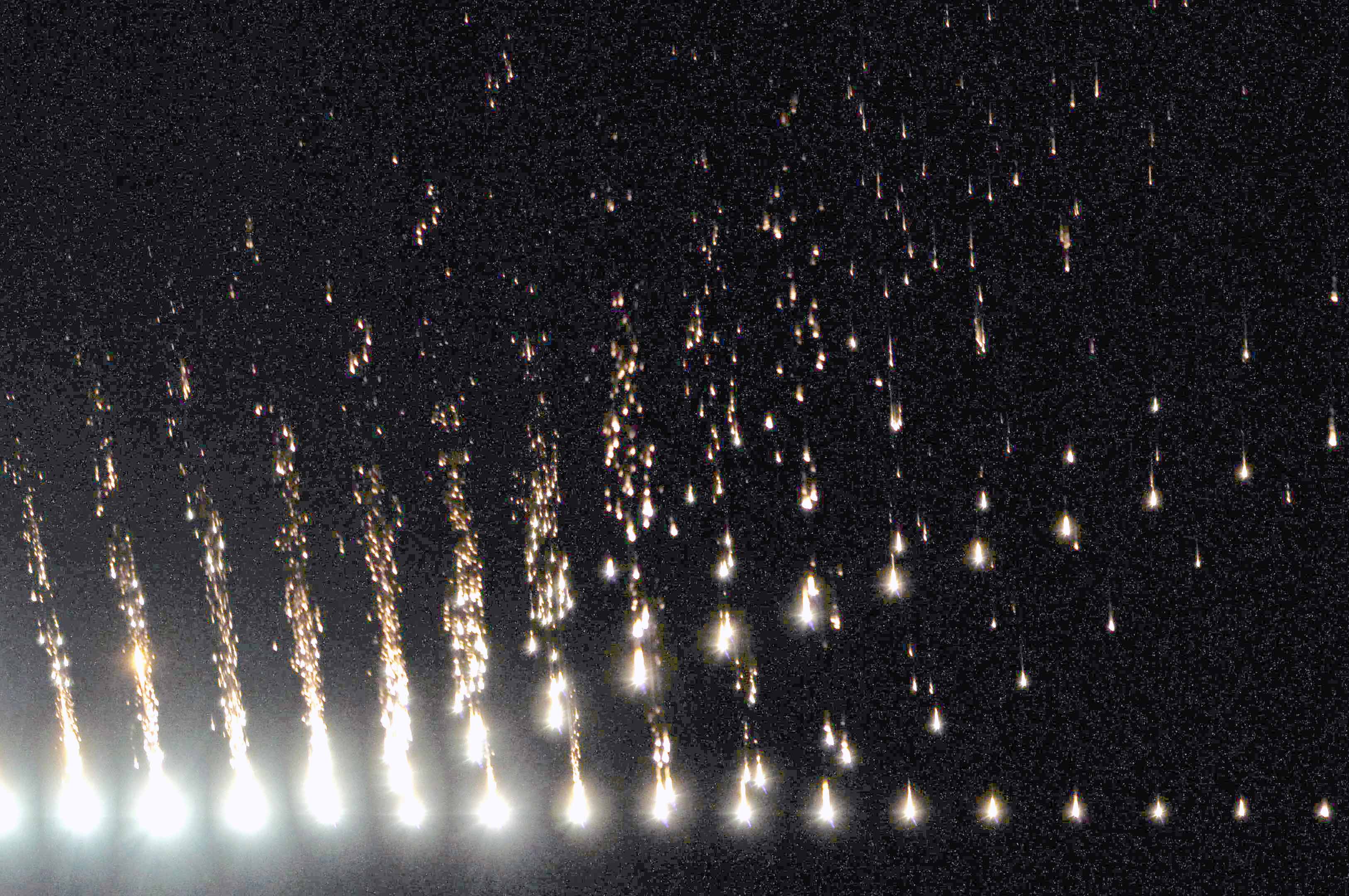
A meteorite that crashed into a California house in 2012 can be traced back to the giant impact that formed Earth's moon 4.5 billion years ago, a new study reveals.
NASA's Cameras for Allsky Meteor Surveillance system captured photos of the meteorite's fiery fall from space on Oct. 17, 2012, allowing researchers to determine that it likely fell in the city of Novato, just north of San Francisco. This supposition was confirmed after Novato residents Lisa Webber and Glenn Rivera followed up on an odd noise from their garage roof.
The meteorite Webber and Rivera found looked black, likely as a result of impact shocks that occurred 64 to 126 million years after the solar system formed, researchers found — around the time that a mysterious planet slammed into Earth, ejecting into space massive amounts of material that coalesced into the moon. [The Moon: 10 Surprising Lunar Facts]
"Our investigation has revealed a long history that dates to when the moon formed from the Earth after a giant impact," study leader Peter Jenniskens, a meteor astronomer with the SETI (Search for Extraterrestrial Intelligence) Institute who works at NASA's Ames Research Center in California, said in a statement.
"We now suspect that the moon-forming impact may have scattered debris all over the inner solar system and hit the parent body of the Novato meteorite," added co-author Qing-zhu Yin of the University of California, Davis.
The study team further determined that the meteorite's parent body broke up again during another collision about 470 million years ago, unleashing a chain of debris in the main asteroid belt between Mars and Jupiter.
The scientists traced the Novato meteorite to the Gefion asteroid family within the belt based on its age and its trajectory toward Earth. Novato's parent rock was ejected from the asteroid belt about nine million years ago, but the story doesn't end there.
Get the Space.com Newsletter
Breaking space news, the latest updates on rocket launches, skywatching events and more!
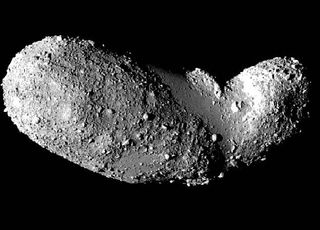
The meteorite's orbit periodically brought it back to the asteroid belt. Based on the rock's thermoluminesence — light re-emitted from stored radiation exposure when the material is heated up — scientists believe the meteorite's parent asteroid experienced yet another crash 100,000 years ago.
The resulting fragment that made it to Earth's atmosphere was about 14 inches (35 centimeters) across and had a mass of about 176 pounds (80 kilograms), researchers said. Despite its violent path to the ground, some organic compounds did survive — specifically, some common hydrocarbon compounds. Scientists also found nonprotein amino acids that are rare on our own planet.
The new study was published this month in the journal Meteoritics and Planetary Science.
Follow Elizabeth Howell @howellspace, or Space.com @Spacedotcom. We're also on Facebook and Google+. Originally published on Space.com.
Join our Space Forums to keep talking space on the latest missions, night sky and more! And if you have a news tip, correction or comment, let us know at: community@space.com.

Elizabeth Howell (she/her), Ph.D., was a staff writer in the spaceflight channel between 2022 and 2024 specializing in Canadian space news. She was contributing writer for Space.com for 10 years from 2012 to 2024. Elizabeth's reporting includes multiple exclusives with the White House, leading world coverage about a lost-and-found space tomato on the International Space Station, witnessing five human spaceflight launches on two continents, flying parabolic, working inside a spacesuit, and participating in a simulated Mars mission. Her latest book, "Why Am I Taller?" (ECW Press, 2022) is co-written with astronaut Dave Williams.
